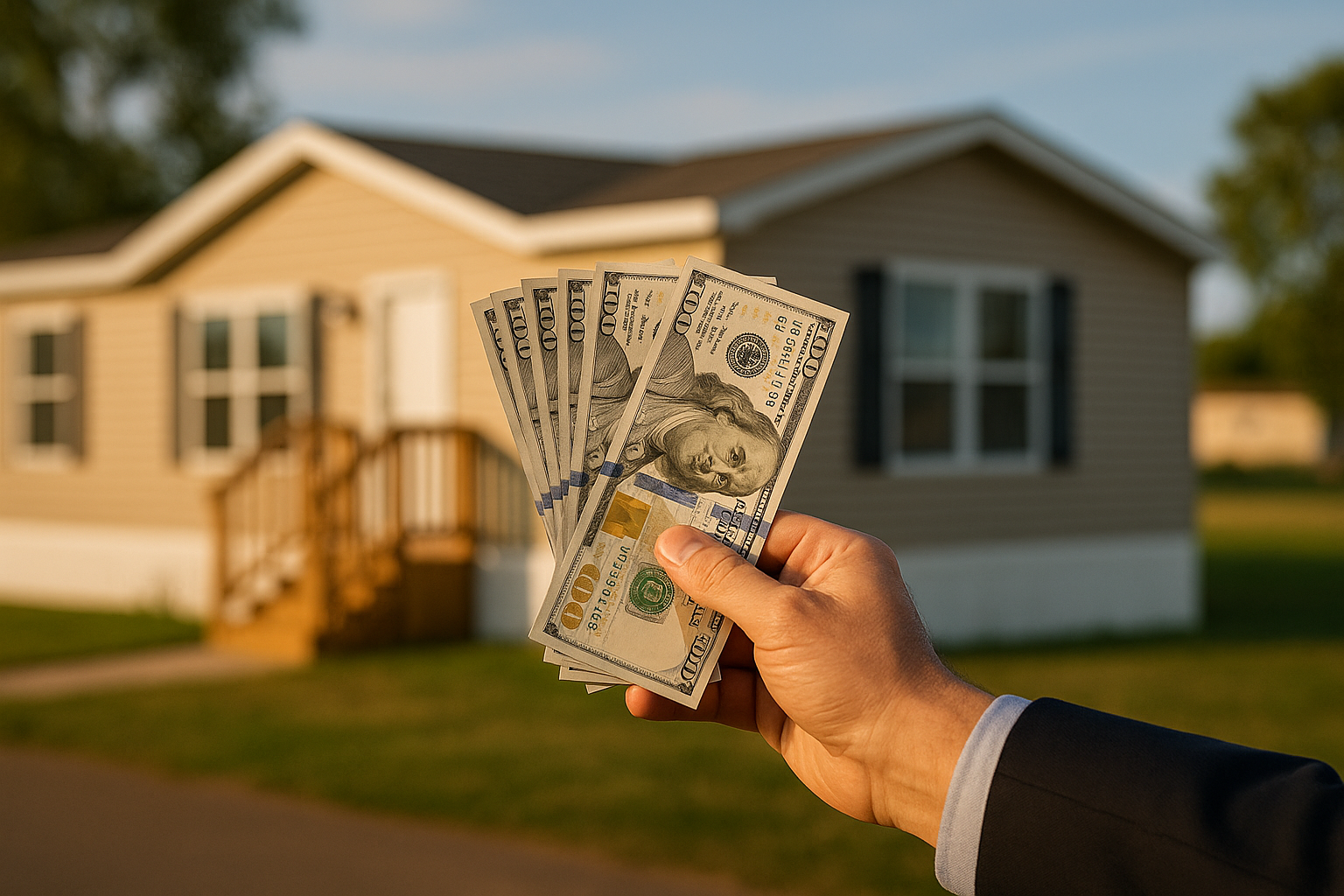Sustainable Upgrades That Enhance Long-Term Asset Value
Sustainable upgrades can strengthen an asset’s competitiveness by improving efficiency, reducing operating costs, and appealing to a wider pool of buyers or tenants. This article outlines practical upgrades and planning considerations that support long-term valuation and cashflow.

Sustainable upgrades are increasingly part of prudent asset management for property owners and investors. Beyond environmental benefits, targeted improvements can reduce operating costs, influence appraisals, and improve rental appeal across markets. This article explains which upgrades commonly affect valuation, how they interact with financing and taxes, and practical considerations when planning renovations for long-term returns.
How does sustainability affect property valuation and appraisal?
Sustainability improvements—such as improved insulation, energy-efficient windows, and certified HVAC systems—can influence an appraiser’s view of marketability and future operating expenses. When lower utility costs are demonstrable, appraisers may incorporate reduced expense assumptions into valuation models, particularly for income-producing properties. Documentation like energy audits or certification records strengthens these claims in appraisals and listings, helping potential buyers or lenders evaluate risk and projected cashflow.
What renovations boost rental yield and cashflow?
Renovations that reduce operating costs or increase tenant demand can raise rental yield. Examples include LED lighting retrofits, water-efficient plumbing, smart thermostats, and enhanced indoor air quality measures. For rentals, aesthetic upgrades that improve durability—flooring, kitchen fixtures, and low-maintenance materials—can shorten vacancy periods and support higher rents. Track operating expense reductions and vacancy metrics to quantify the effect on yield over time.
How do upgrades influence mortgage terms and equity?
Lenders often consider property condition and projected income when setting mortgage terms. Energy-efficient or resiliency-focused upgrades may be viewed favorably if they demonstrably reduce operating risk, potentially supporting stronger debt-service coverage ratios. Well-documented improvements increase perceived collateral quality and can contribute to equity growth through appreciation. Keep clear records of costs, permits, and performance improvements to present to lenders during refinancing or appraisal reviews.
How should investors think about portfolio-level sustainability and markets?
At the portfolio level, sustainability upgrades can diversify risk across changing market preferences and regulatory environments. Markets with stricter building codes or higher energy costs often place a premium on efficient properties; aligning upgrades to prevailing local market drivers can protect valuation. Coordinated retrofit plans across multiple assets may also unlock economies of scale, improving renovation timelines and supplier negotiation outcomes for owners with larger portfolios.
What zoning, listings, and tax considerations matter for upgrades?
Zoning and local regulations can affect allowable upgrades, such as solar installations, accessory dwelling units, or exterior changes. Tax incentives, rebates, and accelerated depreciation options vary by jurisdiction and can materially affect net upgrade cost. When preparing listings, highlight verified sustainability features and any tax or incentive history that prospective buyers or tenants can leverage. Consult local services in your area to confirm permitting and incentive eligibility before committing to major work.
How to plan renovation projects for long-term investment outcomes?
A structured approach begins with an assessment: energy audits, mechanical system reviews, and a cost-benefit analysis that ties upgrades to projected yield and valuation impacts. Prioritize low-cost, high-impact measures (LEDs, controls, insulation) before capital-intensive projects. Factor in lifecycle costs, maintenance needs, and expected useful life when estimating payback and equity effects. For multifamily or commercial properties, phased implementation can preserve cashflow while testing tenant response and measuring actual savings.
Conclusion
Sustainable upgrades can be practical tools for enhancing long-term asset value when they are selected and documented with investment outcomes in mind. By focusing on measurable reductions in operating costs, aligning projects with local markets and regulations, and maintaining clear records for appraisals and lenders, property owners can strengthen yield, support valuation, and manage portfolio risk without relying on speculative claims.





